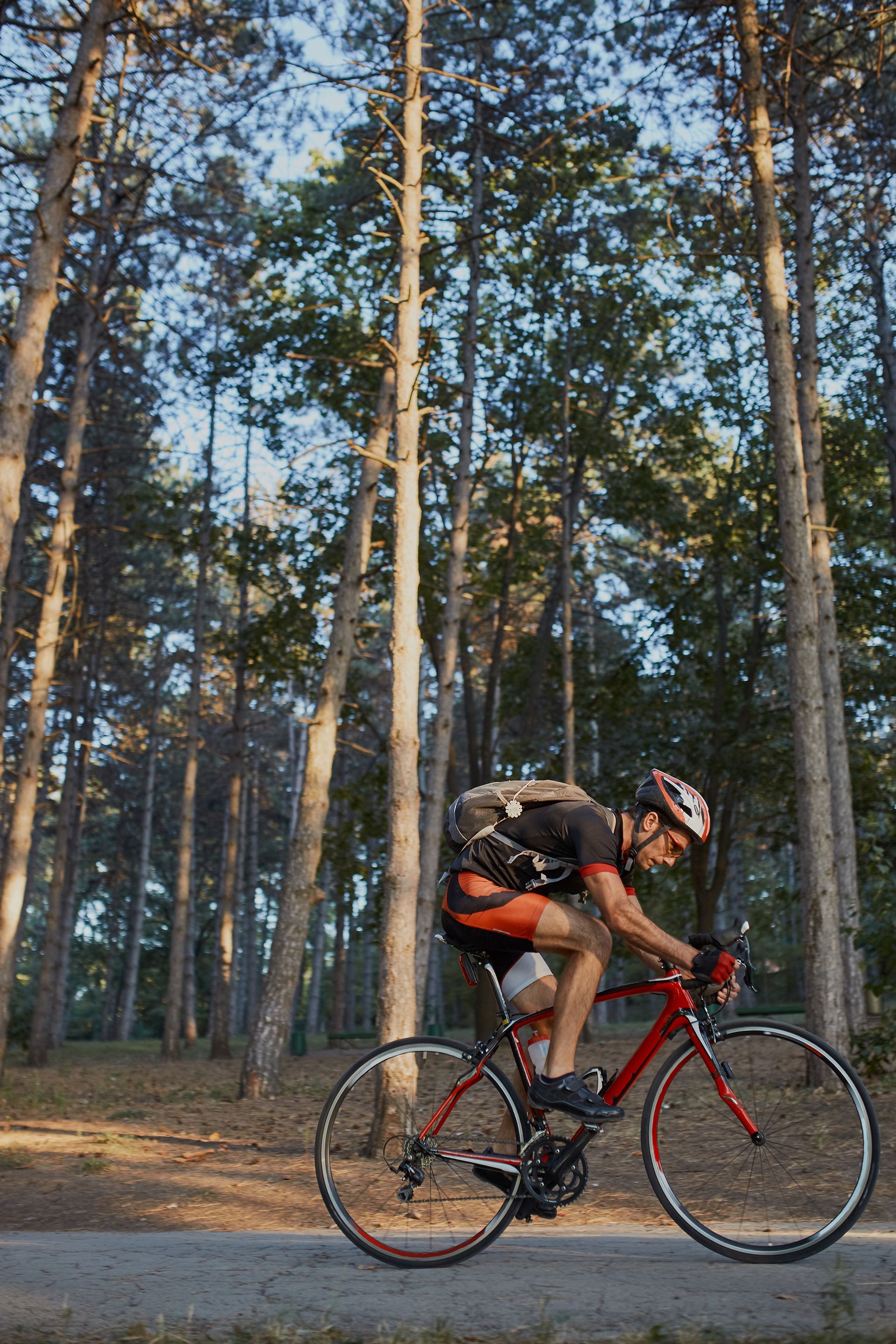Get help today
Hurt in a bike wreck?
Record the details
Write down exactly how the accident happened. Draw a diagram as well. Take pictures of the scene to help you remember what happened and so that you have evidence of the accident.
Obtain medical assistance
Although the paramedic on the scene may have cleared you of any injuries, it is still a good idea to see a doctor in case an injury presents itself later. If you end up needing to file a personal injury claim in civil court, your medical records may help your case tremendously.
Hire a personal injury attorney
When insurance companies deny a claim or refuse to pay an appropriate amount, you can still hold the at-fault driver responsible. A personal injury attorney can help you resolve that problem by fighting for your case in and out of the courtroom.
California laws affecting bicycle riders
It’s important to be aware of key California laws affecting bicycle riders. These laws pertain to liability in a bicycle accident:
Equipment
Your bike must have all of the appropriate reflectors on its pedals and tires. Your bike’s brakes must also be working; specifically, your bicycle must be able to make a one-brake wheel skid. Additionally, if you wear any type of headphones while you’re riding, you must only use one ear and leave the other ear free to listen for ambulances, cars, etc.
Operations
A bicyclist must ride in the same direction as traffic and follow the same laws that drivers follow. If there’s a bike lane, the bicyclist must use it. Whether or not you can ride on the sidewalk depends on the laws of your city and county. Bicyclists must always yield to pedestrians, including in crosswalks, which are designed for pedestrians.
Helmets
In California, all bicyclists under 18 are required to wear a bike helmet. It’s recommended that bicyclists over 18 wear helmets as well.
Laws pertaining to the vehicle
Knowing the laws regarding how vehicles are supposed to treat bicyclists is key. Vehicle drivers are required to maintain at least three feet between their vehicle and a bicycle when passing. If that’s not possible, then they must pass the bicyclists slowly. It’s the vehicle driver’s responsibility to avoid an unsafe situation when passing a bicyclist.
Filing a claim
If the insurance company refuses to pay or does not offer an appropriate amount, then you may want to file a personal injury claim.
California is an at-fault state. This means that the driver who caused the accident will be financially liable for any accident-related injuries, vehicle damage, property damage, and other losses suffered by the victim.
Pure comparative fault state
Under California law, even if you were partially at fault for the accident, you can still seek compensation from the other at-fault party. However, the amount you may recover in damages will be reduced by the percentage that the accident was your fault.
For example, if it’s determined that the accident was 10% your fault, and you were supposed to receive $50,000 in damages, then you would receive 10% less than that amount, or $45,000.
It’s important to note that in California, you don’t have forever to file a claim. You must file a personal injury lawsuit within two years after the date of the accident.
How legal counsel can help
An experienced attorney can review all the details of your case, conduct a private investigation, seek to prove fault, and estimate the value of your case before taking appropriate legal action. With our knowledge of California laws, we are ready to guide you through every phase of the proceedings. Don’t trust the insurance provider to protect your best interests. Our team can help you pursue fair financial compensation for your injuries.


